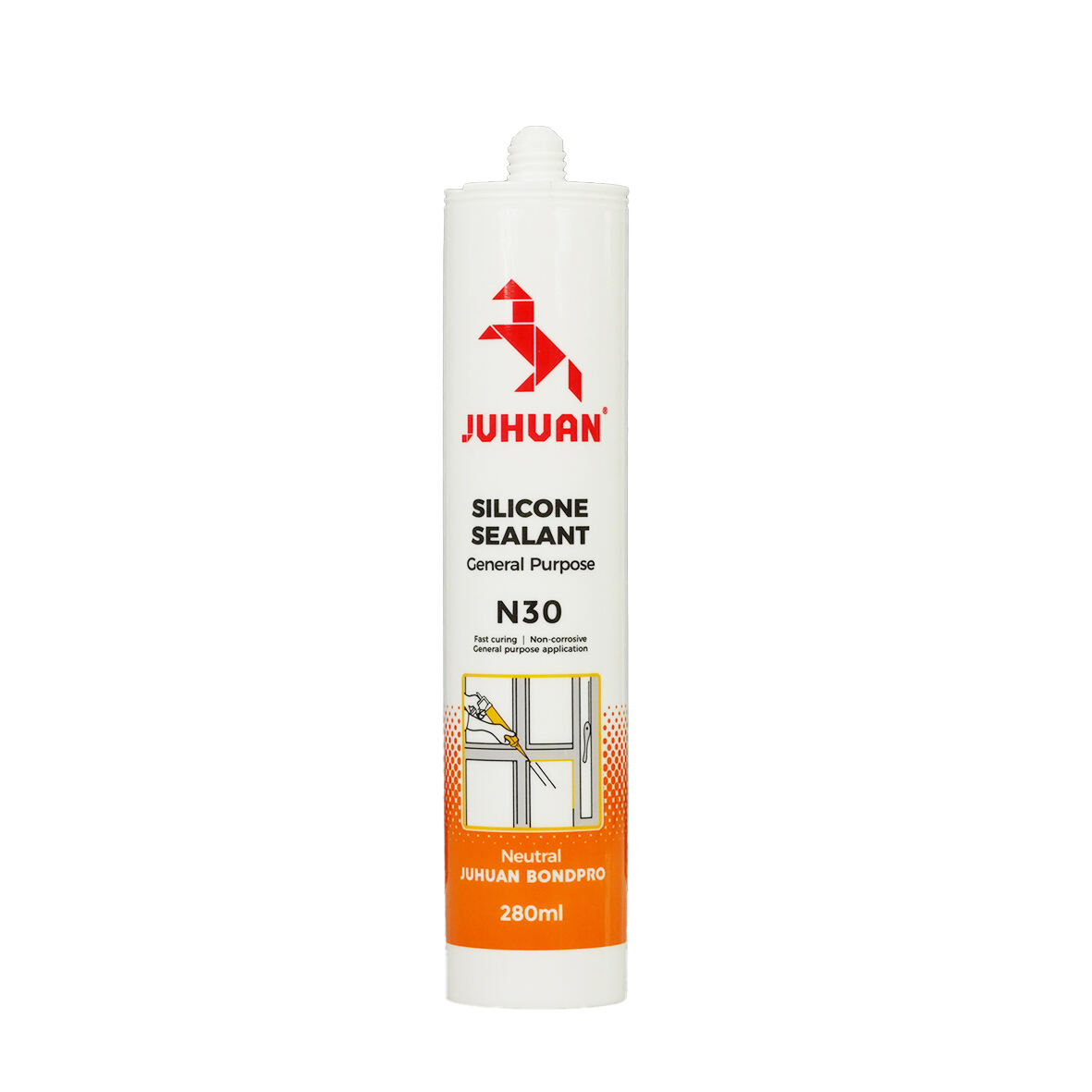Comprenda su escenario de uso
Antes de elegir un sellador de poliuretano, piense en dónde lo va a utilizar. Si su proyecto es en la casa, como sellar huecos alrededor de ventanas o puertas, necesitará un sellador que adhiera fuertemente y proporcione aislamiento. Debe rellenar esos pequeños huecos y crear una barrera que mantenga el aire frío afuera en invierno y conserve el aire acondicionado en verano.
Si usted es un usuario que realiza reparaciones por su cuenta y necesita arreglar una pequeña fuga de agua o sellar alrededor de tuberías, busque un sellador que pueda resistir la humedad y permanecer flexible. Las tuberías se mueven ligeramente, y el sellador debe moverse junto con ellas sin agrietarse. Para tareas industriales, como sellar equipos en una fábrica, el sellador puede necesitar resistir altas temperaturas o productos químicos fuertes, por lo que esas características especiales resultan importantes.
Verificar los indicadores de rendimiento del producto
A continuación, revise el rendimiento del sellador. La adherencia es lo más importante. Debe adherirse firmemente a cualquier material con el que esté trabajando: madera, metal, plástico u otra superficie. Algunos selladores están diseñados específicamente para ciertos materiales, por lo que revise la etiqueta del producto para asegurarse de que se adhiera correctamente.
También tenga en cuenta los límites de temperatura. Si la zona sellada estará expuesta a altas temperaturas o al frío, el sellador debe soportar esos extremos sin fallar.
Si vive en un lugar donde los veranos son calurosos y los inviernos fríos, su sellador debe ser capaz de estirarse y encogerse sin agrietarse o perder su sellado. También verifique qué tan elástico o flexible es el sellador. Un sellador que se dobla fácilmente es el mejor para lugares que se mueven, como las juntas en edificios o alrededor de piezas de maquinaria activas.
Elija el Tipo Correcto de Sellador
Tiene algunas opciones en el mundo de los selladores de poliuretano. Los selladores de un solo componente son muy fáciles de usar. Simplemente abra el tubo o cartucho, exprímalo y listo. Son ideales para pequeñas reparaciones rápidas alrededor de la casa y se curan cuando entran en contacto con la humedad del aire.
Los selladores de dos componentes, sin embargo, requieren que mezcles las dos partes antes de comenzar. Suena más complicado, pero generalmente ofrecen una unión más resistente. Úsalos para trabajos más exigentes donde necesites que el sellado sea muy fuerte, como en algunas fábricas de alta demanda o en grandes obras de construcción. También existen selladores de espuma en aerosol a base de poliuretano. Estos vienen en latas grandes y son ideales para rellenar huecos amplios o aislar áreas extensas, ya que se expanden y llenan el espacio al secarse.
Verificar Tamaño y Presentación
Primero, determina cuánto sellador realmente necesitas. Para una reparación menor y puntual, un tubo pequeño o un cartucho de 300 ml normalmente será suficiente. Pero para trabajos más grandes, como sellar juntas a lo largo de todo un edificio, probablemente preferirás un envase de 600 ml o incluso uno de mayor tamaño.
A continuación, observe el embalaje. Algunos selladores vienen con una boquilla que ofrece un buen control, lo cual puede ser muy útil cuando intentas llegar a espacios reducidos o de difícil acceso. Además, elige un recipiente que sea fácil de abrir y cerrar. Si la tapa es difícil de sellar, el sellador dentro podría endurecerse antes de que termines el trabajo.
Verifica el tiempo de curado
El tiempo de curado es importante, especialmente si estás trabajando contra reloj. Si deseas avanzar rápido, busca un sellador que se endurezca en una hora. Otros pueden tardar varias horas o un día completo en curarse por completo. Ten en cuenta que el calor y la humedad pueden acelerar o retrasar el proceso de secado, así que planifica en consecuencia.
En un ambiente frío y seco, los selladores de poliuretano se curarán más lentamente que en aire cálido y húmedo. Si es posible, intenta trabajar en un entorno más húmedo y cálido, o prepárate para esperar más tiempo para un curado completo.
Busca opciones ecológicas
Hoy en día, tiene sentido pensar en cómo nuestras herramientas y materiales afectan al planeta. Algunos selladores de poliuretano tienen un menor impacto ambiental. Busca los que tengan bajos niveles de COV, o compuestos orgánicos volátiles. Estos selladores emiten menos químicos dañinos, lo que los hace más seguros para la calidad del aire interior. Si te preocupa cómo desechar el producto o su envase, verifica si la marca cuenta con un programa de reciclaje o de devolución.
Leer Opiniones de Usuarios y Comparar
Antes de hacer clic en comprar, dedica unos minutos a leer lo que otros usuarios opinan. Las opiniones aparecen en sitios de compras, foros de bricolaje y blogs de mejora del hogar. Los usuarios hablarán sobre el desempeño del sellador, qué tan fácil es de aplicar y cualquier problema que hayan tenido. No te quedes con el primer producto que veas; compara distintas marcas lado a lado. Algunas marcas han construido una sólida reputación en calidad, mientras que otras pueden ofrecer opciones más económicas. Recuerda que la opción más barata no siempre es la más inteligente.
Piense en la visión general: qué tan bien funciona el sellador y cuánto dura. El desempeño significa qué tan eficaz es para detener fugas, adherirse a las superficies y resistir el calor, el frío o los productos químicos. La durabilidad significa que no se agrietará, no se pelará ni se degradará durante mucho tiempo. Cuando se evalúan ambos aspectos, se encuentra un sellador que le ahorra tiempo, dinero y molestias a lo largo de los años. Un buen sellador protege lo importante y lo hace sin necesidad de rehacerlo constantemente.

